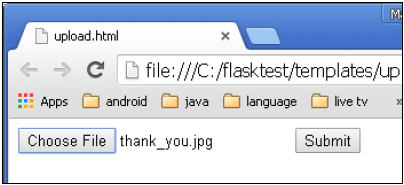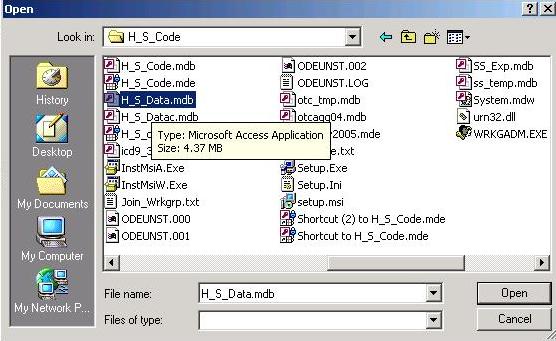

- #Upload a file html how to
- #Upload a file html update
- #Upload a file html license
- #Upload a file html download
Once you’ve updated the CSS file, you need to upload it to your website (server). Url("CustomFont.svg#filename") format("svg") Url("CustomFont.otf") format("opentype"), Src: url("CustomFont.woff") format("woff"), It needs to be replaced by the location on your server. Replace the existing source URL with the new URL you created by uploading each file.īy default, the source URL location is set within the downloaded Web Font Kit. Open the CSS file in a text editor such as Textedit, NotePad or Sublime. *This step will vary greatly based upon how your website is built and hosted.
#Upload a file html update
Your kit will also include a Cascading Style Sheet (.css) that you will need to update and upload in step 4. Using your FTP or file manager, upload all the font files found within your Web Font Kit to your website.* Typically this kit will include multiple file extensions such as (.eot), (.woff), (.woff2), (.ttf) and (.svg). Step 3: Upload the font files to your website
#Upload a file html download
otf file to the Webfont Generator and then download your Web Font Kit.

You can also download the OpenType Font format (.otf) Step 2: Create a WebFont Kit for cross-browsing Step 1: Download the fontįind the custom font you want to use on your website, and then download the TrueType Font file format (.ttf).
#Upload a file html how to
How to add custom fonts to your website using CSS rule explained below is the most common approach for adding custom fonts to a website. I’d always recommend using TTF/OTF and WOFF to ensure that your fonts are supported across all browsers.įor more details on supported font formats, try Can I Use - A great tool for researching feature compatibility across different browser versions (FREE). Related: Top 20 most popular Google Fonts Because of their Developer API, Google Fonts are arguably the easiest fonts to add to your site and where I would recommending starting your search.
#Upload a file html license
Google fonts boast an impressive library of close to 1000 libre license fonts that can be browsed via their interactive web directory. Without further ado, here are some of the most popular font libraries to help you find that perfect font: Google Fonts (FREE)

However, when searching for a font online, you always want to keep in mind the price, the license agreement, and the installation method. Technically speaking, you can add just about any font to any website. How website builders support custom fonts.How Content Management Systems support custom fonts.How to add custom fonts using (CSS rule).Different font formats and browser support.Note: because websites are not all built and managed the same way, I will introduce the most universal approach for adding custom fonts and then explain how the most popular website building platforms support custom fonts. In this article, I will walk you through the step-by-step process for adding any font to your website. If (xhr.upload & file.type = "image/jpeg" & file.size <= $id("MAX_FILE_SIZE").Adding a unique font to your website is a great way to make your design stand out online. When a valid JPG file is encountered, we append a new p tag to the #progress element and add the file name as text: We can now modify our UploadFile() function. Implementing the Progress Bar in JavaScript “background-position: 30% 0” means 70% has been completed:Ī solid color is applied by setting a class when the upload succeeds or fails:.progress ends at “background-position: 0% 0”, i.e.progress starts from “background-position: 100% 0”, i.e.This graphic is used as a background image for the progress bar and positioned at “X% 0” where X% indicates the proportion which is REMAINING (not COMPLETED), i.e. The left 250px is colored and the right 250px is transparent: Our p tag will show the file name in a bordered box which is 250px in size:įor the green bar itself, I created a graphic which was twice as wide as the progress element (500px). This is appended as a child to a div with the ID “progress”.

In addition, neither browser offers many styling properties so I dropped it in favor of a standard p tag. The tag would have been ideal in this demonstration and, although it’s supported in Chrome, it’s only just appeared in Firefox 6. The new progress tag provides two attributes: But first, let’s consider how our progress bar will be implemented… The HTML5 progress tag Both Firefox and Chrome support the XMLHttpRequest2 object which offers a progress event handler. In the final part of this series, we cover the most exciting part of the process: graphical progress bars!įile upload progress bars provide essential user feedback but they’ve been notoriously difficult to implement. In my previous posts, we discovered How to Use HTML5 File Drag & Drop, Open Files Using JavaScript and Asynchronously Upload Files Using Ajax.


 0 kommentar(er)
0 kommentar(er)
